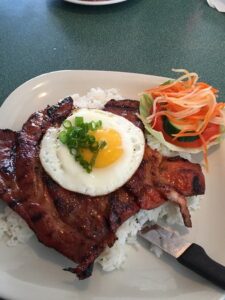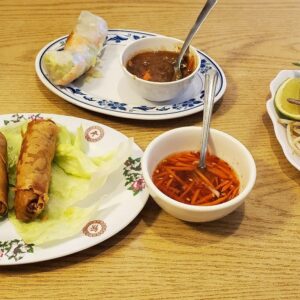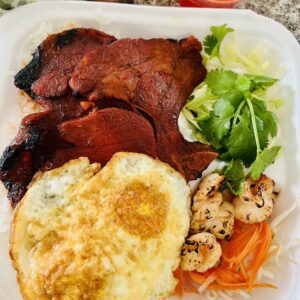In this article, we’ll explore the delicious world of Vietnamese cuisine and discover the unique flavors and dishes that make it so special. From fresh herbs and spices to savory broth-based soups and mouth-watering rice dishes, you’ll learn about the diverse range of flavors and ingredients used in Vietnamese cooking. Whether you’re a foodie looking to expand your culinary knowledge or simply curious about the tastes of Vietnam, this article will provide you with an overview of the vibrant and rich flavors of Vietnamese cuisine. So, let’s dig in and uncover the secrets of this remarkable culinary tradition!
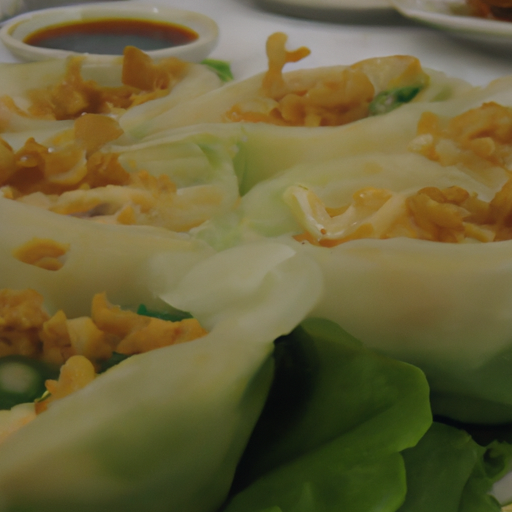
Overview of Vietnamese Cuisine
Vietnamese cuisine is known for its variety of flavors, fresh ingredients, and balanced and healthy dishes. Influenced by various regions, Vietnamese cuisine offers a diverse range of signature dishes, traditional cooking techniques, common ingredients, and regional variations. Additionally, the history and culture of Vietnam have greatly shaped its culinary traditions, and its street food culture has become vibrant and renowned. Vietnamese dining etiquette and the fusion of modern Vietnamese cuisine also add to the charm of this unique culinary experience.
Variety of Flavors
One of the defining characteristics of Vietnamese cuisine is its wide array of flavors. From sweet to sour, salty to spicy, Vietnamese dishes offer a harmonious balance of taste. The use of fresh herbs, spices, and condiments such as fish sauce, lime, and chili peppers add complexity and depth to the flavors. Each dish is carefully crafted to create a harmonious blend of tastes that delight the palate.
Fresh Ingredients
Vietnamese cuisine is heavily reliant on fresh ingredients, making it vibrant and healthy. The Vietnamese people believe in using natural ingredients and minimizing the use of artificial additives. Staples such as rice, vegetables, seafood, and herbs are all locally sourced and often bought fresh from local markets. This emphasis on freshness ensures that the flavors are enhanced and the nutritional value is preserved.
Balanced and Healthy
Vietnamese cuisine is known for its emphasis on balance and health. The traditional Vietnamese diet is characterized by the consumption of lean proteins, fresh vegetables, and an abundance of herbs. The use of herbs such as Vietnamese mint and lemongrass not only adds flavor but also provides numerous health benefits. Rice, a staple in the Vietnamese diet, is low in fat and gluten-free, making Vietnamese cuisine a healthy choice.
Influences from Various Regions
Vietnamese cuisine has been influenced by various regions throughout history, resulting in a rich culinary heritage. The northern region is known for its simple and subtle flavors, with dishes such as Pho and Bun Cha originating from this area. Central Vietnamese cuisine is renowned for its intricate and spicy dishes, while the southern region showcases bold and vibrant flavors. The highlands of Vietnam have their own unique cuisine, heavily influenced by the indigenous ethnic groups.
Signature Dishes
Vietnamese cuisine offers a wide range of signature dishes that have become popular worldwide. One of the most iconic Vietnamese dishes is Pho, a fragrant and hearty soup made with rice noodles, beef or chicken, and a flavorful broth. Another well-known dish is Banh Mi, a Vietnamese-style sandwich filled with various meats, pickled vegetables, and sauces. Spring rolls, also known as Goi Cuon, are fresh and healthy rolls typically filled with shrimp, pork, or vegetables, wrapped in rice paper. Bun Cha, a Hanoi specialty, consists of grilled pork served with rice noodles and herbs. Com Tam, a dish from Saigon, is a plate of broken rice served with grilled pork, pickled vegetables, and a fried egg.
Traditional Cooking Techniques
Vietnamese cuisine employs various traditional cooking techniques that enhance the flavors and textures of the dishes. Steaming is a common technique used to cook vegetables, seafood, and rice. It preserves the nutritional value of the ingredients and brings out their natural flavors. Stir-frying is another popular technique, allowing the ingredients to cook quickly while retaining their color and crunch. Boiling is used to prepare soups and broths, while grilling imparts a smoky and charred flavor to meats and vegetables. Deep-frying is reserved for special occasions or street food, creating crispy and flavorful dishes.
Common Ingredients
Several common ingredients are essential in Vietnamese cooking, giving dishes their distinctive flavors. Fish sauce, known as nuoc mam, is a staple in Vietnamese cuisine and is used as a flavor enhancer in many dishes. Rice, both white and sticky, is the foundation of most meals, from rice noodles to rice paper. Fresh herbs, such as cilantro, basil, and mint, are widely used to add freshness and fragrance to dishes. Vietnamese mint and lemongrass are key ingredients in many traditional recipes, adding a unique flavor profile to the cuisine.
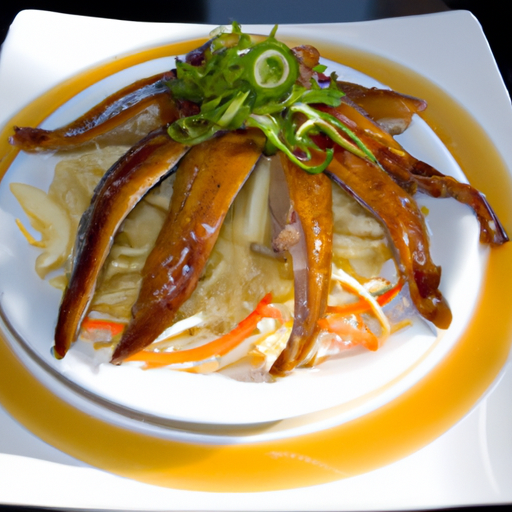
Regional Variations
Vietnamese cuisine showcases distinct regional variations, each with its own culinary traditions and specialties. Northern cuisine is known for its simplicity, focusing on clean and subtle flavors. Central cuisine, particularly from the former imperial city of Hue, is renowned for its spiciness and intricate presentation. Southern cuisine features bold and vibrant flavors, influenced by neighboring Cambodia and Thailand. Highlands cuisine differs significantly due to the presence of indigenous ethnic groups, offering unique dishes that reflect their cultural heritage.
Influence of Vietnamese History and Culture
The history and culture of Vietnam have had a significant impact on its cuisine. Chinese influence is evident in the use of stir-frying and the consumption of noodles and dumplings. French influence, due to the colonial period, introduced baguettes, pate, and coffee culture to Vietnam. Vietnamese Imperial Court Cuisine, once reserved for royalty, is characterized by its artful presentation and refinement. Rice farming culture, deeply ingrained in Vietnamese society, has led to the prominence of rice in the cuisine and the importance of rice-based dishes.
Street Food Culture
Vietnam is renowned for its vibrant street food scene, where locals and tourists alike can savor an array of affordable and delicious dishes. Food stalls and vendors line the streets, offering an assortment of Vietnamese specialties. Night markets come alive with the enticing aromas of grilled meats, steaming bowls of noodles, and freshly made spring rolls. Eating habits in Vietnam often revolve around street food, with locals gathering at these food stalls to enjoy a quick and tasty meal.
Vietnamese Dining Etiquette
Vietnamese dining etiquette emphasizes respect and communal sharing. Table manners in Vietnam include using chopsticks and a spoon, avoiding resting chopsticks vertically in rice, and waiting for the eldest or most senior person to begin eating. Sharing food is common and encouraged, and it is considered impolite to finish a dish without offering it to others. Tea drinking culture is also prevalent, with tea being served before, during, and after meals. Rice holds great significance, as it is seen as a symbol of prosperity and forms the centerpiece of Vietnamese dining.
Fusion and Modern Vietnamese Cuisine
In recent years, Vietnamese cuisine has undergone a fusion and modernization phase. Innovative chefs have created unique culinary creations by blending traditional Vietnamese flavors with international techniques and ingredients. Vietnamese-foreign fusion cuisine has gained popularity, offering a creative twist on classic dishes and introducing new flavors and presentation styles. Fine dining experiences showcasing the elegance and sophistication of Vietnamese cuisine have emerged in major cities, attracting both locals and international visitors. Vietnamese cuisine’s popularity abroad has also led to the rise of Vietnamese restaurants worldwide, making it accessible to people from different cultures.
Conclusion
Vietnamese cuisine encompasses a richness and diversity that reflects the country’s history, culture, and regional variations. The variety of flavors, emphasis on fresh ingredients, and balanced and healthy dishes make Vietnamese cuisine a culinary delight. Influences from various regions, traditional cooking techniques, and common ingredients contribute to its uniqueness. The street food culture, dining etiquette, and fusion of modern Vietnamese cuisine further enhance the culinary experience. Whether you are enjoying a steaming bowl of Pho or savoring the freshness of Goi Cuon, Vietnamese cuisine offers a journey of tastes that is both satisfying and memorable.


